Greater Wellington monitors the ecological health of five of the Region’s estuaries annually to understand their ecological health. The estuaries are located on the west and south coasts of the Wellington Region and provide significant ecological, cultural and recreational value.
These locations are home to ecologically important species, such as saltmarsh plants and intertidal seagrass, which help to increase ecosystem resilience. They also serve as nursery habitats for young fish, trap carbon, help protect coastlines from erosion and support a range of native birds by providing spots to nest, rest and forage.
The things people do on land can have a big impact on the ecological health of the Region’s estuaries and other coastal habitats. Littering, driving on coastal areas and dunes, or not picking up after dogs can negatively impact these sensitive areas. Major issues such as sewage spills; contamination from storm water and landfills; and sediment from development, farming or forestry activities can wash into estuaries during heavy rain, harming coastal ecosystems.
The cumulative effects felt from multiple stressors is leading to a decline in estuary health over time.
Monitoring focuses on sediment health as a primary indicator of condition. We measure sediment properties and levels of nutrients and heavy metals. We also identify and count the invertebrate animals living in the sediments as an indicator of environmental health.





